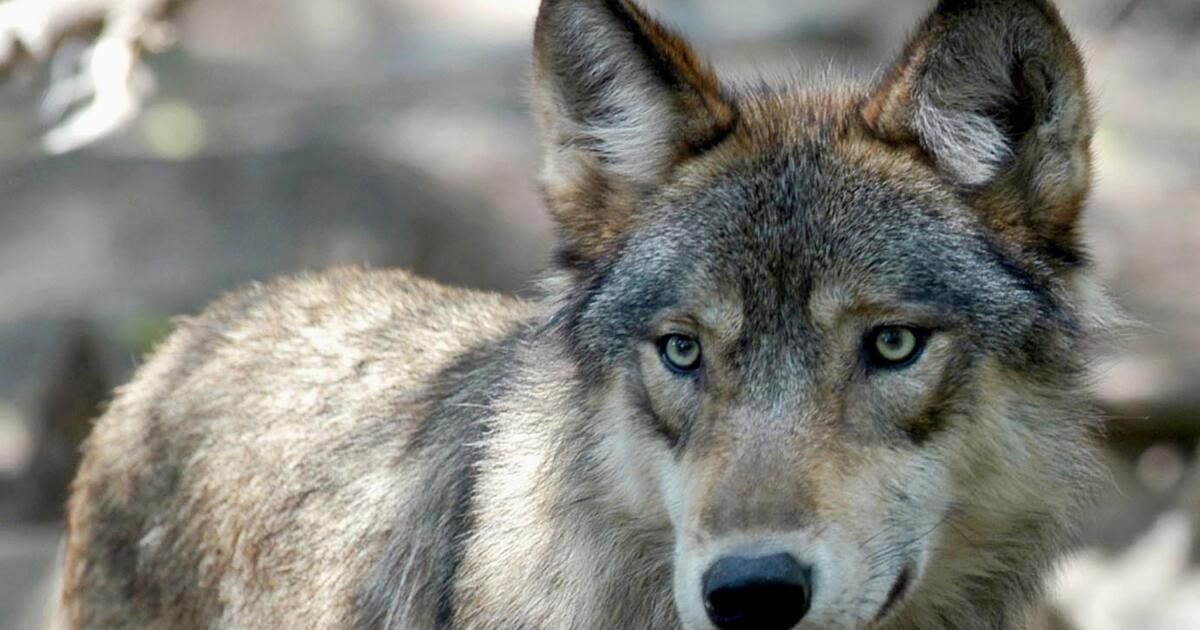Rural western Colorado rang in the new year with a howl.
For the first time in U.S. history, a federally listed endangered species has been reintroduced into the wild thanks to the efforts of a single state. Wolves in Colorado were not a mandate from Washington, DC; Coloradans voted for them.
A week before Christmas, gray wolves were unleashed on a patchwork of public lands, pine and aspen forests, private ranches and beloved Rocky Mountain recreation areas. Wolves now roam the territory of world-famous ski areas. Some have already wandered the creeks, peaks and forests near my cabin in the rural edge of Steamboat Springs, where rugged watersheds empty into the wide-open valley of the Yampa River, flowing downstream from the Flat Tops Wilderness past cattle ranches, hay meadows, the stunning Steamboat Ski Resort and the historic downtown ski jumps.
In the 2020 general election, a narrow margin of Coloradans (50.91%) voted to reintroduce gray wolves to our ecosystem, on a landscape from which they were exterminated nearly 80 years ago. Thirteen of 64 counties, mostly along the Front Range urban corridor east of the Continental Divide, were definitively supportive. But in the habitat where the wolves will reside on Colorado's less populated agricultural and recreational western slope, the “yes” vote was not as resounding.
Proposition 114 called for a plan that would reintroduce wolves by Dec. 31, 2023. Thirteen days before that deadline, a small group of trucks climbed winding dirt roads through a remote corner of rural Grand County in northwest Colorado. The convoy's destination: a piece of state-owned land surrounded by millions of acres of national forest.
Gathered in silence were Governor Jared Polis, First Gentleman Marlon Reis, a devoted team from Colorado Parks and Wildlife, and some influential people who helped make this effort happen. There was snow on the ground, but nothing intimidating.
“It was so perfect. You could look around and you felt like at any moment John Denver was going to appear. It was 'Rocky Mountain High' in every direction,” said Joanna Lambert, professor of wildlife ecology and conservation biology at the University of Colorado Boulder and director of the American Canid Project. The stars appeared at the end: five wolves, silent in their cages but omnipotent in the waft of their musky scent. It smelled like nature, Lambert noted.
One at a time, the crate doors opened and powerful hind legs pushed out from the back walls to break the silence. Three grays and two blacks fled individually into the forest.
This is a proud moment for Colorado. Getting our paws on the ground was a grassroots effort negotiated in the flames of conflict, compromise, and invention. A week after the first release, five more wolves, exported from wild packs in Oregon, arrived on Colorado's Western Slope, all mature enough to hunt prey on their own.
Wolves occupy an enormous place in the collective imagination. They have an unusual power to awaken deep positive and negative beliefs. Ironically, decades after they were wiped out by government-contracted exterminators, wolves have become a symbol of anti-government sentiment.
Indeed, there are nuances in the hearts and minds of Coloradans about this rebuilding effort. With a new predator on the ground, ranchers understandably fear for their livelihoods, but coalitions of ranchers and hunters played a powerful role in crafting the reintroduction plan. In fact, local ranchers say they've been preparing for wolves since Yellowstone's reintroduction 29 years ago. And hunters who look at the scientific data on moose populations in Idaho know that hunts there are more fruitful than ever.
The Earth is suffering a biodiversity crisis and returning wolves to the wild is a good place to start. Trophic cascade, the effect of the presence of a top predator that improves habitat quality and species viability along the food chain, is a primary motivation for wolf reintroduction. Colorado is a model of what a state can do to repair its ecosystems. It will be a complicated, long-term effort to return domesticated landscapes to wildness and build resilience for the future.
“We're still in the era of the 'frontier' hangover,” said scientist and former ranch manager Matt Barnes. “The last hundred years are the most abnormal periods in all of human history in many, many ways, including this little detail that there are no wolves in most of the American West.”
One month after this great experiment, how wonderful it was Witness the first public GPS collar tracking map. According to data from the Northern Rockies, elk will provide approximately 80% of the diet of Colorado wolves. And Colorado has plenty of elk, so wolves are unlikely to hurt elk hunting. Wolves are also unlikely to fundamentally change livestock farming, because it is being transformed for other reasons, such as rotational grazing, cross-fencing, and virtual fencing so you no longer have to spread your livestock over 10,000 acres.
Change is difficult. But look what it can cause. The next likely candidate in Colorado's rebuilding effort is the wolverine, the world's largest terrestrial weasel, which was federally listed as threatened under the Endangered Species Act in November 2023.
A bipartisan wolverine reintroduction bill is expected to be introduced in the Colorado State Legislature during the current session, which began Jan. 10. Changing times on a changing planet.
Jennie Lay is a writer living in Routt County, Colorado, and director of the Literary Sojourn Author Festival in Steamboat Springs. @mermaidonthemountain












